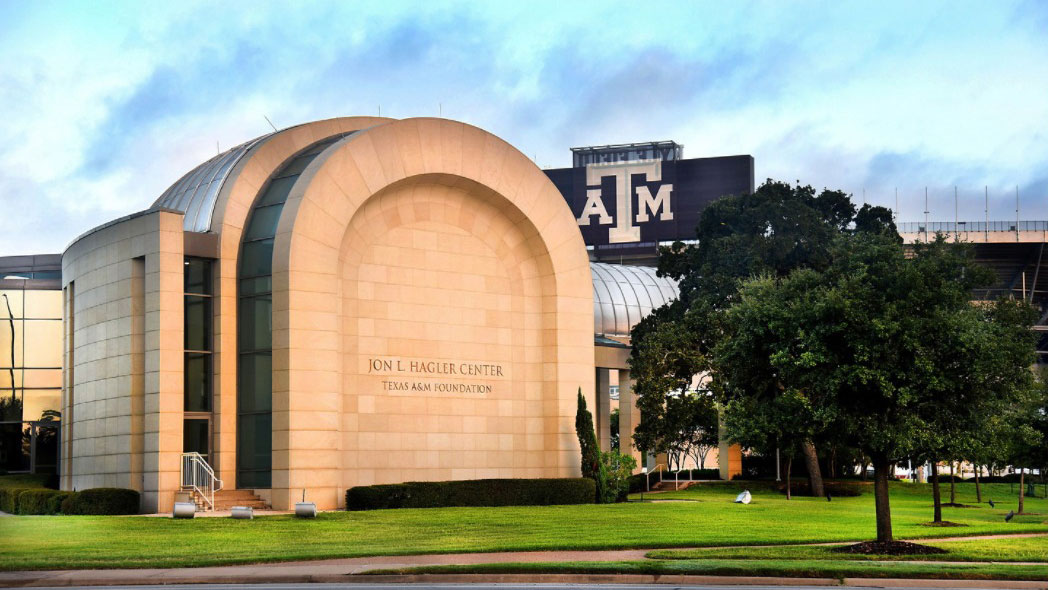
The College of Arts and Sciences at Texas A&M University recognizes the following faculty members for their recent appointments to new endowed faculty chairs funded by the donors named therein. These prestigious appointments, made possible through the generosity of donors, provide faculty with resources to advance their scholarly endeavors while strengthening the university’s academic excellence.
Dr. José Luis Bermúdez
Charles H. Gregory ’64 Chair in Arts and Sciences
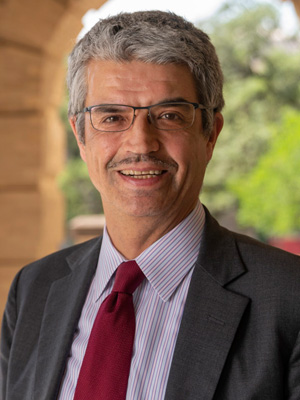
Dr. José Luis Bermúdez is a professor of philosophy and former holder of the Samuel Rhea Gammon Professorship of Liberal Arts at Texas A&M. Born in Bogotá, Colombia, and educated at St. Paul’s School, London, and King’s College, Cambridge (B.A., M.A., Ph.D.), Bermúdez joined Texas A&M in 2010. Before coming to Texas A&M, he was professor of philosophy, director of the Center for Programs in Arts and Sciences, and director of the Philosophy-Neuroscience-Psychology Program at Washington University in St. Louis. Bermúdez’s many publications include nine single-author books and nine edited volumes, in addition to more than 100 single-authored articles. Much of his work is interdisciplinary in nature, at the intersection of philosophy and the cognitive and behavioral sciences, but he also works extensively in the history of philosophy, particularly in the ancient world. He is working on the fifth edition of his textbook Cognitive Science: An Introduction to the Science of the Mind (Cambridge UP), which has been adopted for courses offered by departments of cognitive science, philosophy, psychology and computer science in universities in (at least) 12 different countries. His latest book, Aristotle’s De Anima: A Guide, will be published later this year by Oxford UP. Bermúdez was awarded an AFS Distinguished Achievement Award for Research in 2021.
Dr. Peter Kuchment
Arthur George and Mary Emolene Owen Chair
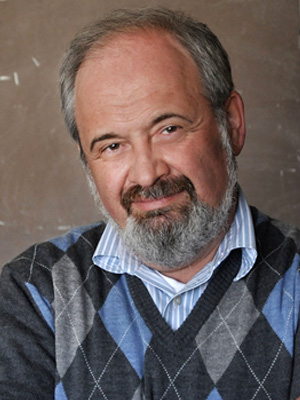
Dr. Peter Kuchment, whose expertise lies in partial differential equations, medical imaging and mathematical physics, earned his Ph.D. in mathematics and physics from Kharkov State University in Kharkov, Ukraine, in 1973, and his doctorate in mathematics and physics from the Academy of Sciences in Kiev, Ukraine, in 1983. He then joined the faculty at the Forestry Institute and State University in Voronezh, Russia, achieving the rank of professor in 1985 prior to immigrating to the United States in 1989. He spent 11 years on the faculty at Wichita State University before joining the Texas A&M faculty in 2001, earning an appointment as a distinguished professor in 2011. During the past two decades at Texas A&M, Kuchment has made seminal contributions in the areas of computed tomography, quantum graphs, differential equations and photonic crystals. His research has received continuous support from the National Science Foundation and the U.S. Departments of Energy and Homeland Security along with other federal and state agencies.
Dr. Rupak Mahapatra
Mitchell/Heep Chair in Experimental High Energy Physics
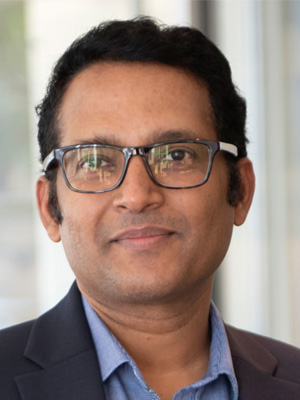
Dr. Rupak Mahapatra joined the Texas A&M Department of Physics and Astronomy in 2008 after receiving his Ph.D. from the University of Minnesota in 2000 and completing postdoctoral work at the University of California, Santa Barbara. As part of the George P. and Cynthia Woods Mitchell Institute for Fundamental Physics and Astronomy, he is an international expert in high-energy particle physics and has considerable expertise in building particle detectors and related data analysis. He is a 2010 Department of Energy Early Career Research Award recipient and has served since 2003 as a principal investigator with the international Super Cryogenic Dark Matter Search (SuperCDMS) experiment. In 2017, he founded a new world-class experiment, the Mitchell Institute Neutrino Experiment at Reactor at the Texas A&M Nuclear Science Center, which utilizes cutting-edge, low-threshold detectors developed at Texas A&M to precisely measure background signals while also searching for new interactions beyond what is known to exist in the Standard Model of particle physics. In 2023, his detectors helped establish a new, world-leading, low-mass dark matter search experiment, named TESSERACT, which is approved as a Department of Energy project. He is involved in developing next-generation detectors made of germanium, silicon, and gallium arsenide semiconductors as well as sapphire and cesium iodide scintillators with transition edge sensors utilizing dedicated semiconductor device fabrication instruments in his laboratories. He has funded collaborative research projects with half a dozen national labs on projects ranging from fundamental particle physics to applied quantum information sciences and nuclear safeguards.
Dr. Alexei Safonov
Mitchell/Heep Chair in Experimental High Energy Physics
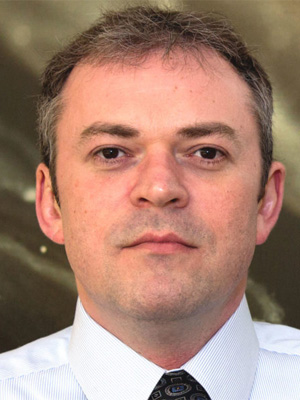
Dr. Alexei Safonov joined the Texas A&M Department of Physics and Astronomy in 2006 after earning his Ph.D. from the University of Florida in 2001. Since being recognized with a 2007 U.S. Department of Energy Outstanding Junior Investigator Award, he has taken leadership in establishing Texas A&M as a strong research team in the Compact Muon Solenoid experiment at CERN’s Large Hadron Collider. (CERN is also referred to as the European Laboratory for Particle Physics.) Safonov’s work in experimental high-energy physics, which embarks on the fundamental understanding of the world around us by studying its smallest building blocks and forces that keep these blocks together. He works to understand how and why the world around us is built, the origin of masses, and the nature of dark matter. To answer these fundamental questions, large accelerators smash particles at a velocity near the speed of light. Safonov studies the results of such collisions to search for new fundamental particles and explore the forces that arise between the particles as they interact.
Dr. Louis Strigari
Mitchell/Heep/Munnerlyn Endowed Chair in Observational Astronomy
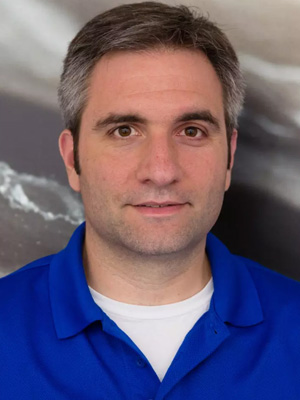
Dr. Louis Strigari joined the Texas A&M Department of Physics and Astronomy in 2014 after earning his Ph.D. from The Ohio State University in 2005 and completing postdoctoral research at Stanford University in the Kavli Institute for Particle Astrophysics and Cosmology. Strigari is a member of the George P. and Cynthia Woods Mitchell Institute for Fundamental Physics and Astronomy. Strigari's research explores the nature of dark matter and neutrinos in astrophysics and cosmology. He utilizes data from large-scale astronomical surveys, such as the Dark Energy Survey and the Gaia Observatory, to study the properties of dark matter within and around our own Milky Way Galaxy. Since joining Texas A&M, Strigari has been a member of the Dark Energy Survey, focusing on interpreting data from the Local Group and Milky Way satellite galaxies. He uses large-scale cosmological simulations to study the properties of dark matter in the Milky Way and in the faintest known satellite galaxies in the universe. Strigari also has expertise in high-energy gamma-ray astrophysics, using these data sets to understand the sources of the highest energy particles that are created in the universe.
Dr. Sherilyn Williams-Stroud
Dan A. Hughes ’51 Chair in Geosciences
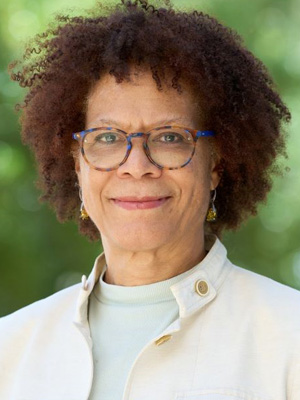
Dr. Sherilyn Williams-Stroud is a structural geologist with more than 30 years of experience in industry, government and academia. Previously, she was a research scientist at the Illinois State Geological Survey at the University of Illinois Urbana-Champaign, with appointments as a research associate professor in the Department of Earth Science & Environmental Change and in the Department of Civil & Environmental Engineering. Her areas of expertise include fracture analysis and modeling for geo-energy production, with a specialization in microseismic data interpretation and induced seismicity. She also has research interests in natural and induced fracture analysis and modeling for the fossil fuels and mining industries, for geothermal energy production, and for quantification of subsurface storage. Her previous positions include research scientist for the U.S. Geological Survey, where she explored energy resources and fracture characterization at Yucca Mountain in Southern Nevada; senior research scientist at Texaco and Chevron; Geo Team leader at Midland Valley, Glasgow, Scotland, where she served as technical lead for fracture modeling software development and also worked in sales and consulting; chief geologist at MicroSeismic Inc., where she developed a patented fracture modeling method using induced seismic events; and geological advisor at Oxy and California Resources Corp. She has held adjunct positions at the University of Houston, California State University at Los Angeles and Northridge, and was a full-time faculty member at Whittier College. She is a Licensed Professional Geologist in California.
Dr. Sarah Zubairy
Luther H. Soules III ’ 61 Endowed Chair for Global Macroeconomics Theory and Policy in Economics
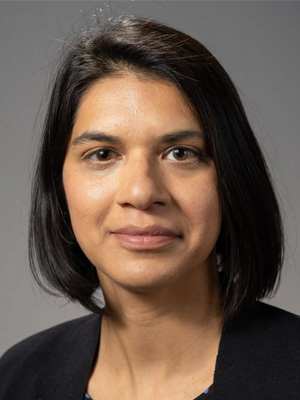
Dr. Sarah Zubairy is a professor in the Department of Economics and a University Chancellor’s EDGES Fellow at Texas A&M. Her research emphasis is empirical macroeconomics and monetary economics, with a particular focus on fiscal policy-related issues. She is a research associate of the National Bureau of Economic Research and serves as an academic consultant to central banks and policy institutions. She is serves on the editorial boards of American Economic Journal: Economic Policy, Journal of Monetary Economics and Journal of Money, Credit and Banking. Prior to joining Texas A&M, she worked as a senior economist at the Bank of Canada. Zubairy received her B.A. in mathematics from the University of Rochester and her Ph.D. in economics from Duke University.

